Bare Eyed Cockatoo
$1,000.00
Length: 14-16 inches
Weigth: 300-500g
Banded: Yes
DNA Tests: Yes
Sex: Males
Overview
The Bare-eyed Cockatoo, also known as the Little Corella, is a small species of cockatoo native to Australia. Here’s an overview of this charming bird:
– Physical Description: The Bare-eyed Cockatoo has mostly white plumage with pink markings on its face and a distinct blue patch around its eyes. It has a short crest that it can raise when excited or alarmed.
– Behavior: These cockatoos are highly social birds and are often found in large flocks. They are playful, curious, and intelligent, known for their acrobatic abilities and entertaining antics.
– Diet: In the wild, Bare-eyed Cockatoos feed on a variety of seeds, nuts, fruits, and vegetation. In captivity, they require a balanced diet of seeds, pellets, fruits, and vegetables.
– Lifespan: On average, Bare-eyed Cockatoos can live up to 20-40 years in captivity, depending on the quality of care provided.
– Habitat: They are commonly found in open woodlands, grasslands, and agricultural areas in Australia, where they forage for food and nest in tree hollows.
– Conservation Status: The Bare-eyed Cockatoo is not considered globally threatened, but habitat loss and competition for nesting sites can impact local populations.
These cockatoos make wonderful pets for experienced bird owners who can provide them with plenty of social interaction, mental stimulation, and a spacious environment to thrive.
Bare-eyed Cockatoos As Pets
Bare-eyed Cockatoos can make delightful pets for the right owners who understand their needs and behaviors. Here are some key points to consider if you’re thinking about having a Bare-eyed Cockatoo as a pet:
– Social Creatures: These birds are highly social and thrive on interaction with their human companions. They require a lot of socialization, attention, and mental stimulation to prevent boredom and behavioral issues.
– Intelligence: Bare-eyed Cockatoos are intelligent birds that enjoy learning new tricks and tasks. Providing them with toys, puzzles, and training opportunities can help keep their minds engaged.
– Loud Vocalizations: Like many cockatoos, Bare-eyed Cockatoos can be noisy. They are known for their loud calls and vocalizations, which can be a consideration for potential owners living in close quarters.
– Diet: A balanced diet is crucial for the health of Bare-eyed Cockatoos. They need a variety of seeds, pellets, fresh fruits, and vegetables to meet their nutritional requirements.
– Space and Enrichment: These birds require a spacious cage or aviary with plenty of room to move around. They also benefit from time outside the cage for supervised play and exercise.
– Longevity: Bare-eyed Cockatoos are long-lived birds, so be prepared for a commitment that can last several decades.
Before bringing a Bare-eyed Cockatoo into your home, it’s essential to research their care requirements thoroughly, consider your lifestyle and living situation, and ensure you can provide the time, attention, and resources needed to care for these intelligent and social birds.
Be the first to review “Bare Eyed Cockatoo” Cancel reply
Related products
Cockatoo Parrots
Cockatoo Parrots
Cockatoo Parrots
Cockatoo Parrots
Cockatoo Parrots
Cockatoo Parrots
Cockatoo Parrots
Cockatoo Parrots


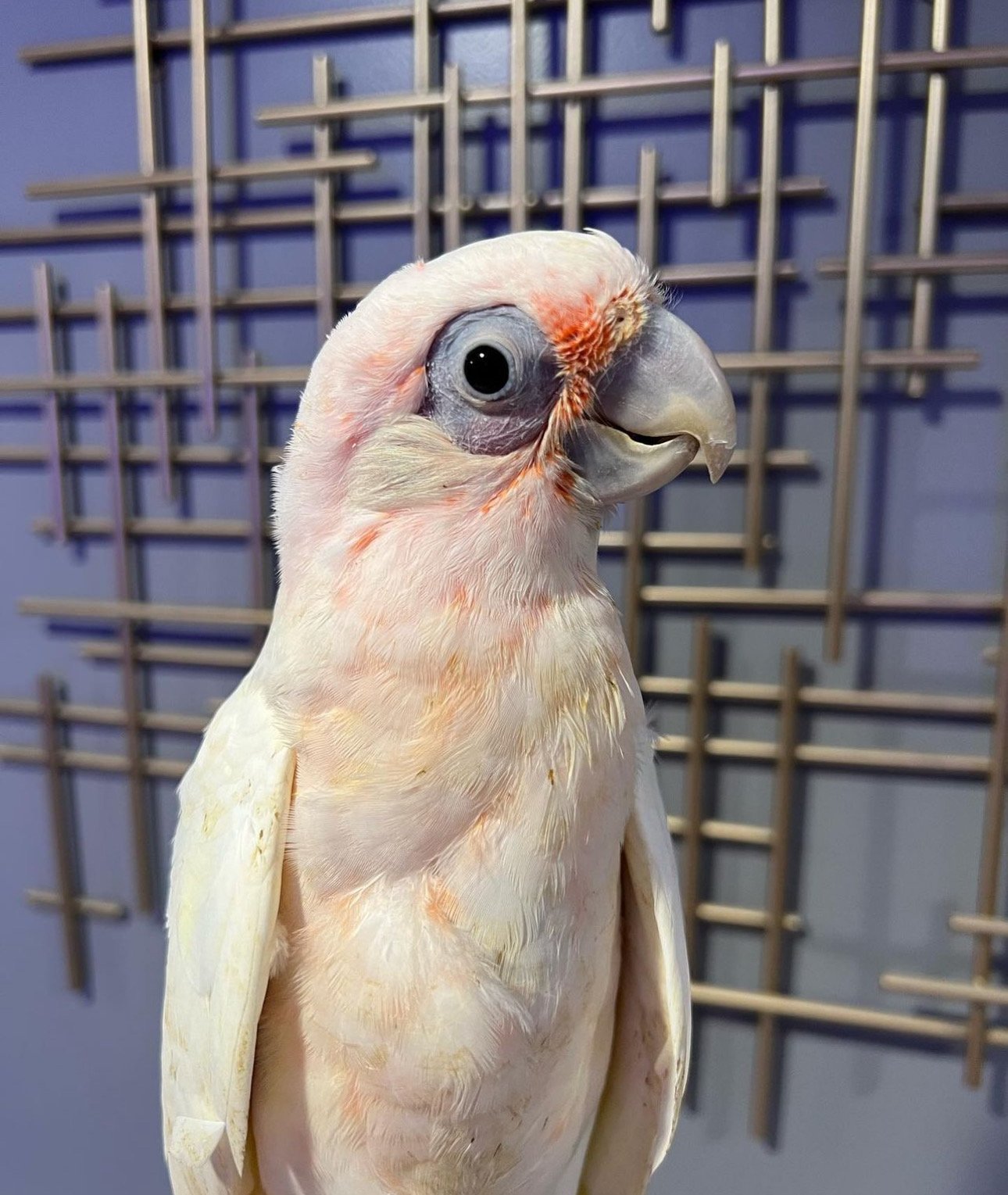
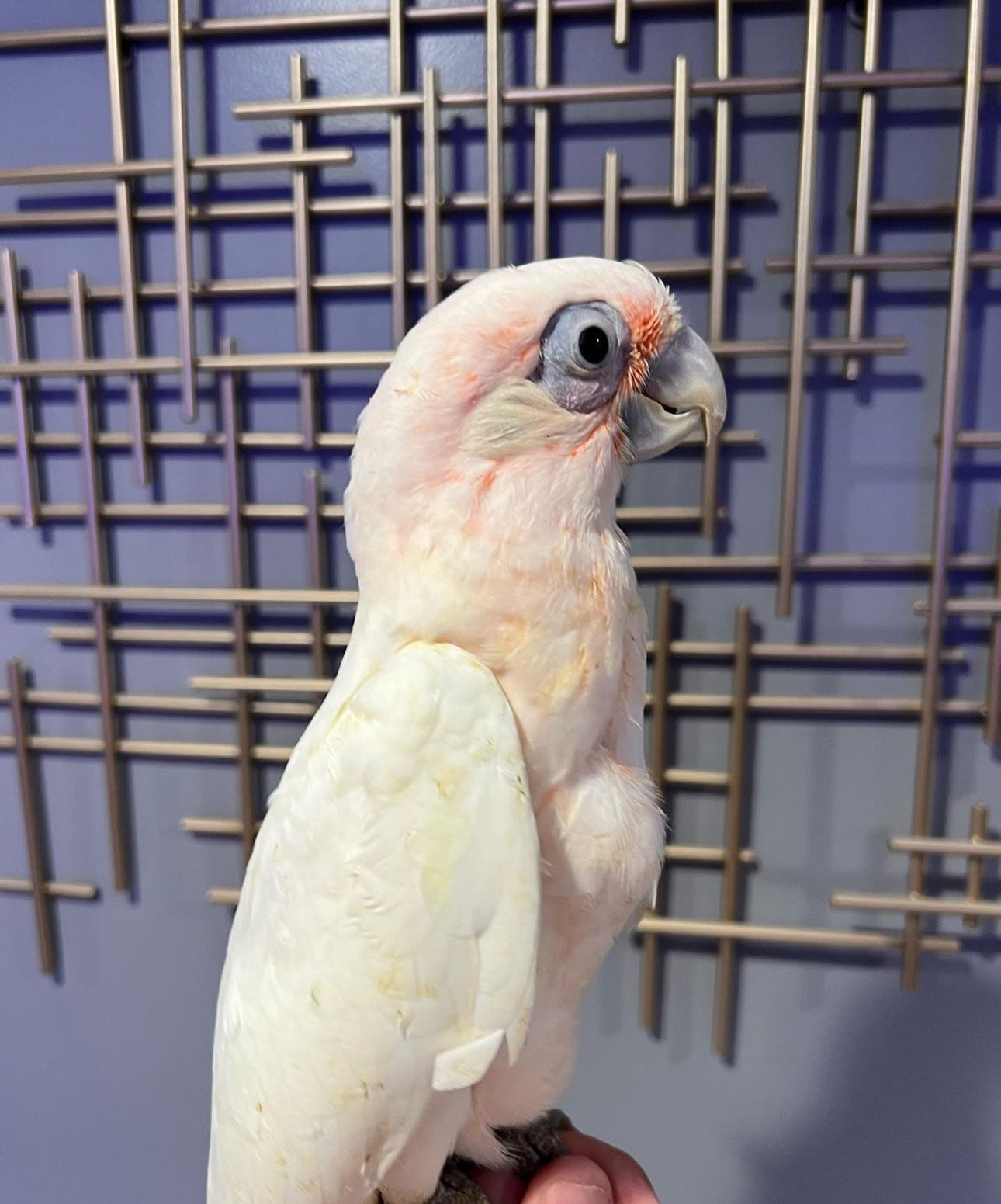

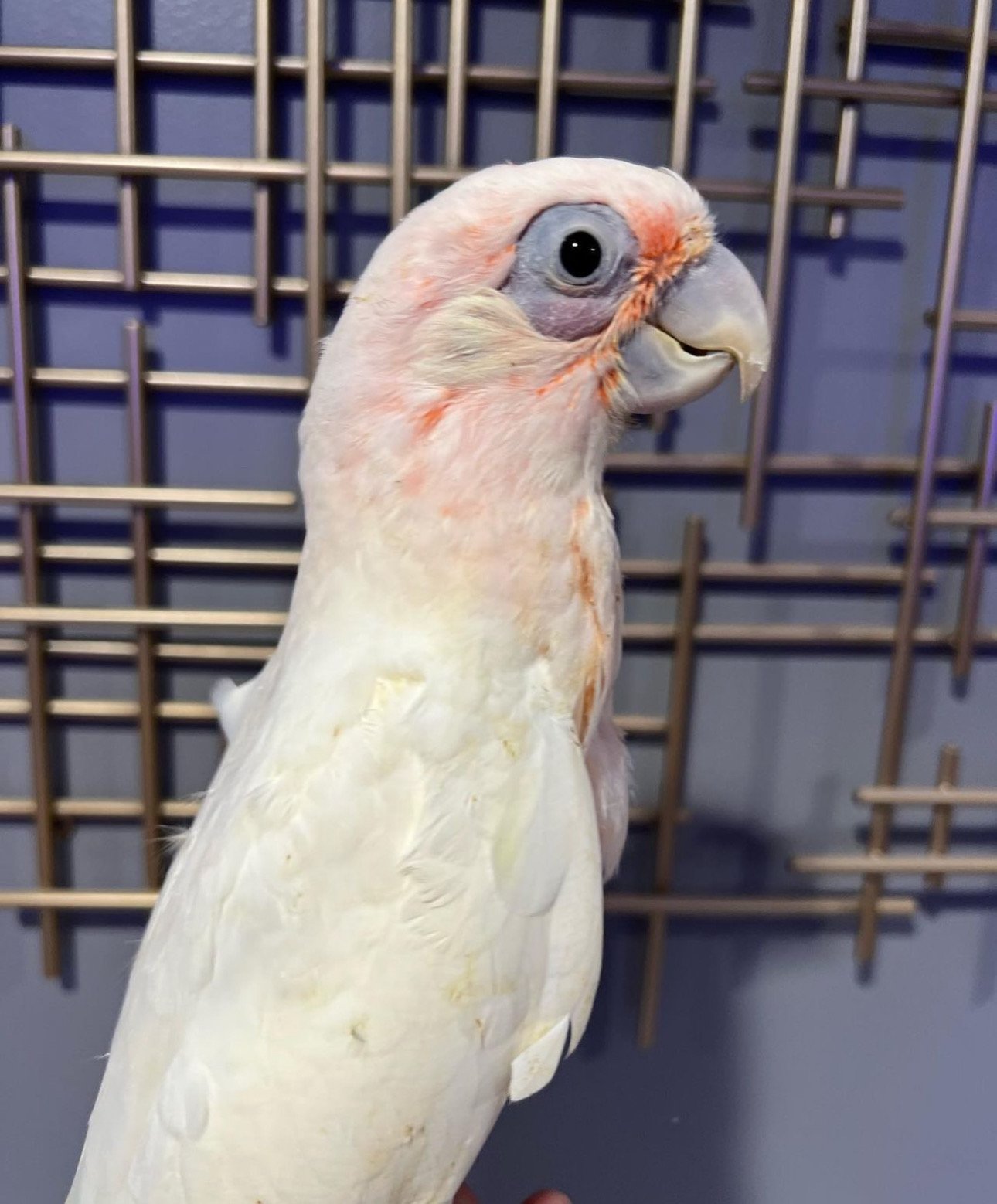
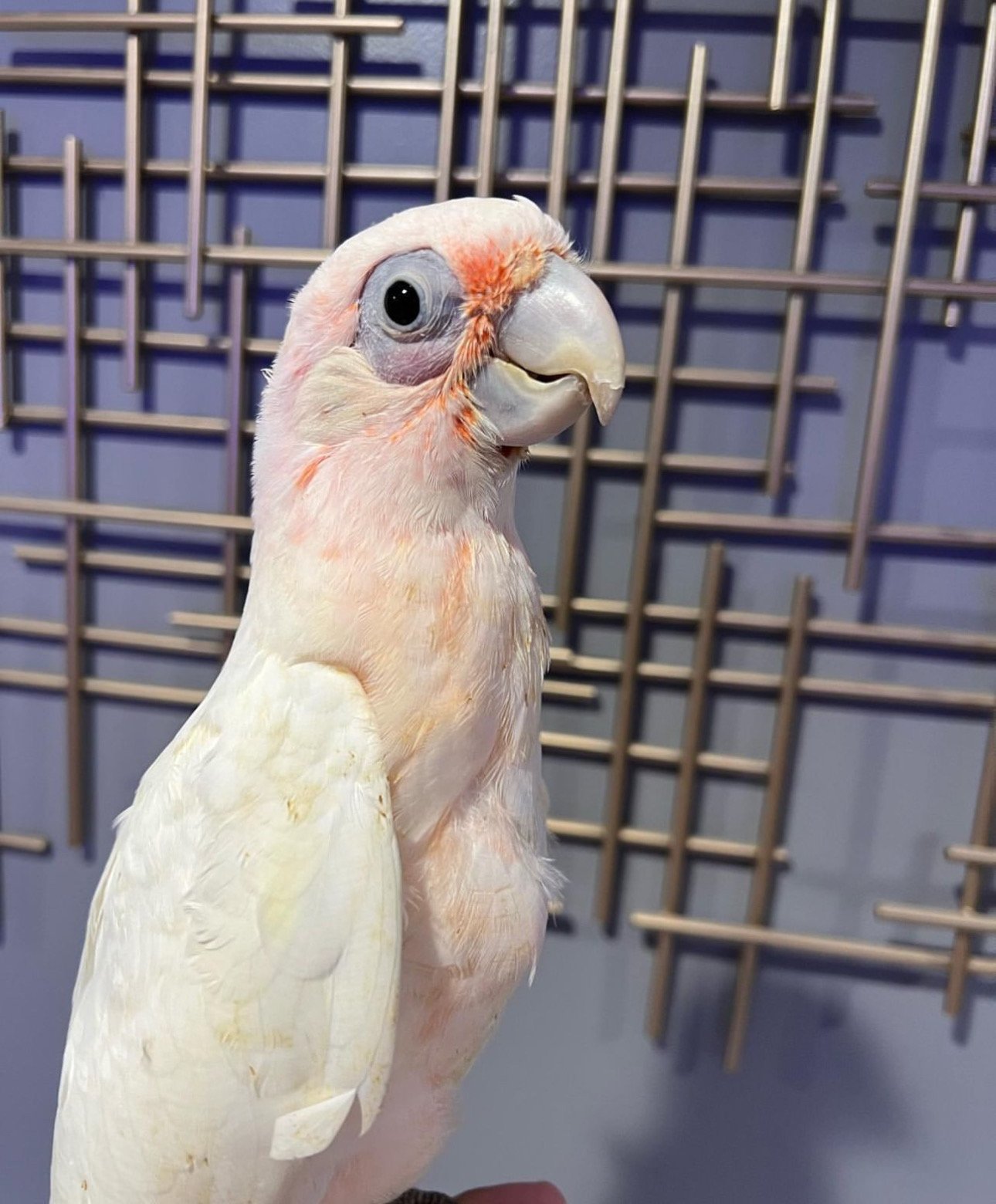

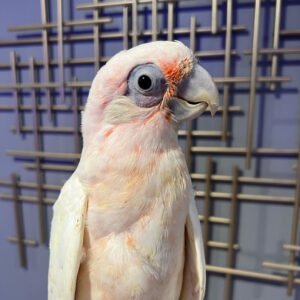
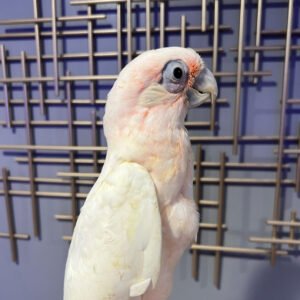
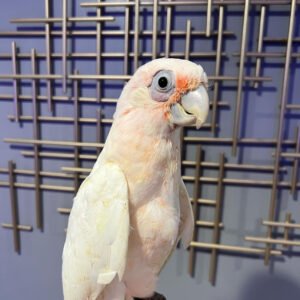
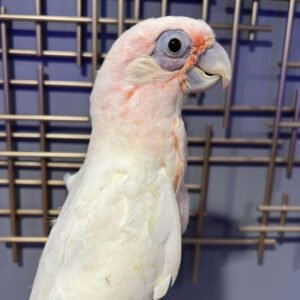
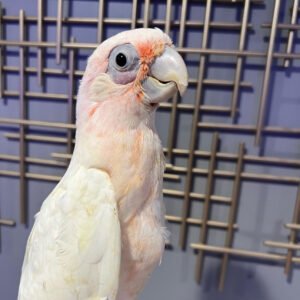
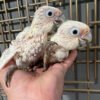
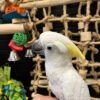
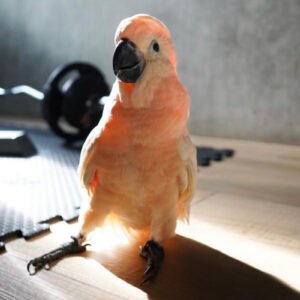
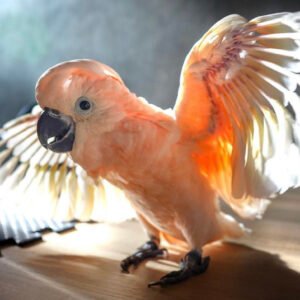
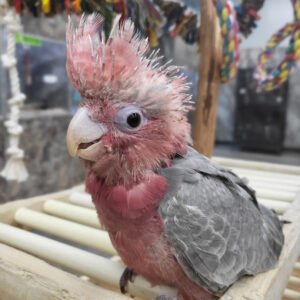
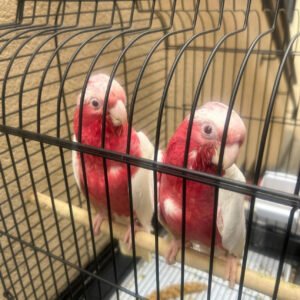
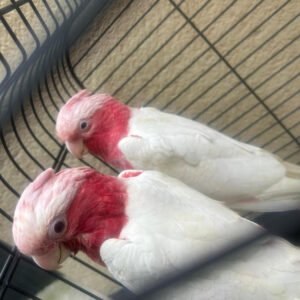

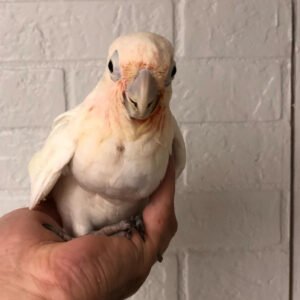

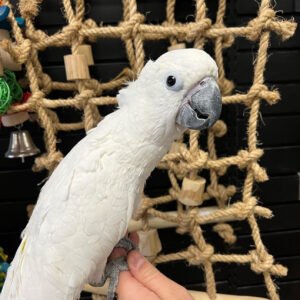
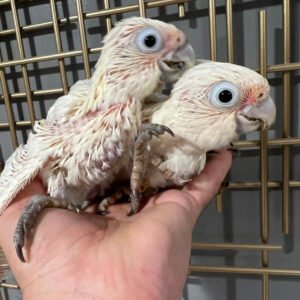

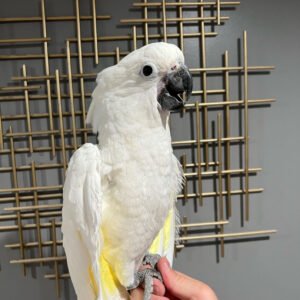
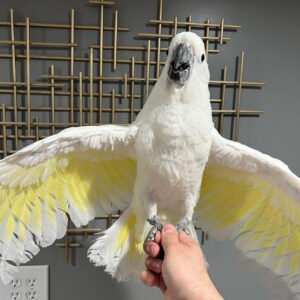
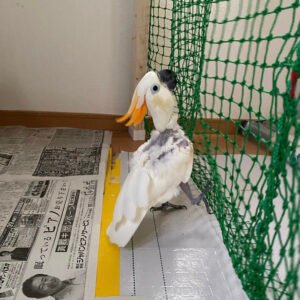
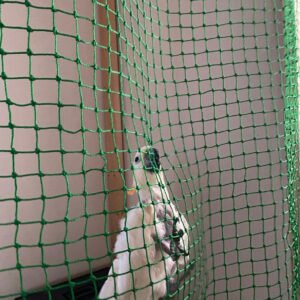
Reviews
There are no reviews yet.